Paula Renee Curtis
Posts tagged with Kamada Collection
Showing 1 - 8 of 8 items
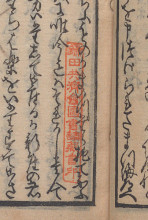
This week we introduce another set of texts from the Kamada Collection related to Buddhism. Whereas the sutra showcased last week had no illuminations, the sutra featured below has illustrations alongside the text.
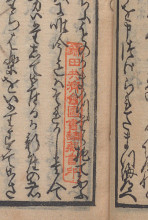
Our final two posts on items from the Kamada Collection will introduce texts related to Buddhism.
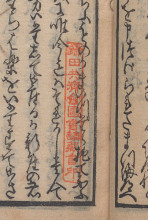
In our last post, on poetry-related works in the Kamada Collection, we introduced illustrated manuscripts of the famous poetry collection Hyakunin isshu, or One Hundred People, One Poem Each, an anthology of Japanese poetry from the seventh to thirteenth centuries compiled by the courtier and poet Fujiwara no Teika (1162-1241). An incredibly popular collection, Hyakunin isshu inspired numerous alternate versions and parodies. We will introduce two such manuscripts below.
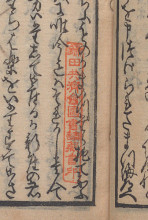
In previous weeks, we’ve showcased manuscripts from the Kamada Collection related to Japanese performance arts and warrior history. Here we introduce texts related to traditional Japanese poetry, specifically the famous anthology Hyakunin isshu 百人一首, or One Hundred People, One Poem Each.
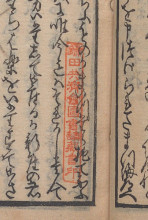
In our last post on the Kamada Collection, we showcased nineteenth-century images related to warriors of the fourteenth century. This week, we will continue with an earlier manuscript of a more practical sort. The following illustrations come from the two-volume Heihō yūkan 兵法雄鑑, sometimes translated as The Paragon of Military Strategy.
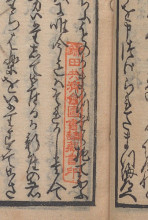
This week and next we are featuring images from a Kamada Collection text related to warriors.
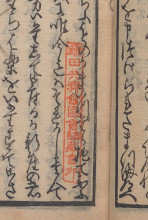
In our last post, we discussed Asia Library’s purchase of more than 20,000 volumes from the Kamada Library in Sakaide, Kagawa Prefecture, and highlighted a couple of items from the collection. This time we are featuring two more texts related to the traditional performing arts.
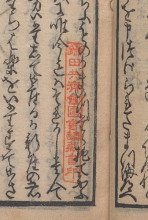
Unlike most other large East Asia libraries in North America, the University of Michigan’s started its collection with materials related to Japanese rather than Chinese Studies. In October 1950, the library made a significant addition to its newly formed collection by purchasing nearly 20,000 volumes from the Kamada Library in Sakaide, Kagawa Prefecture.